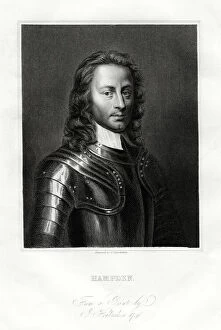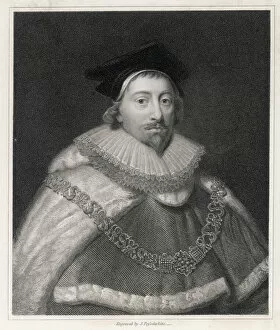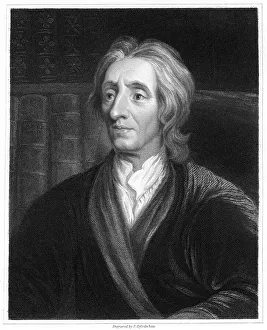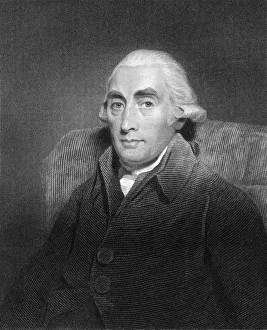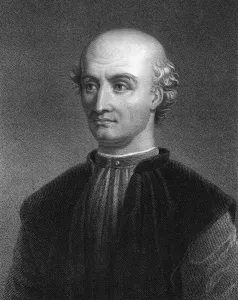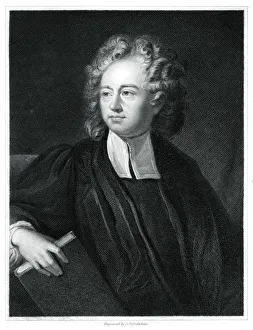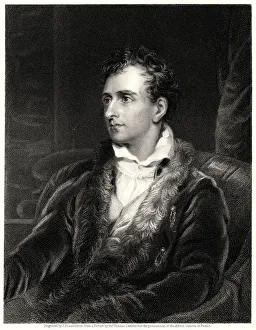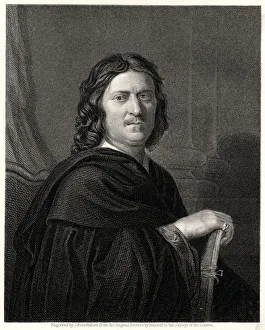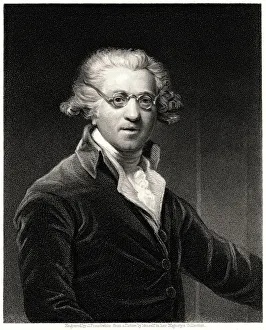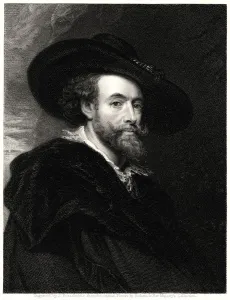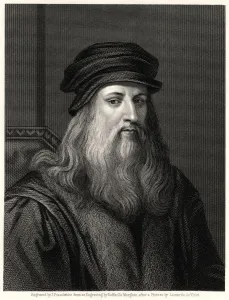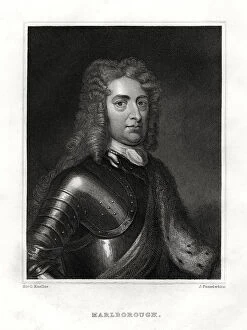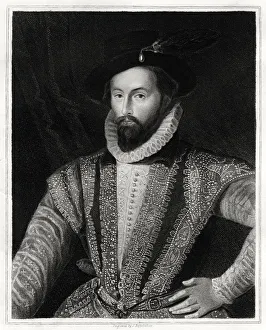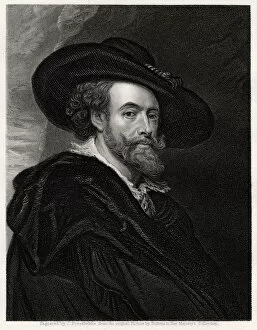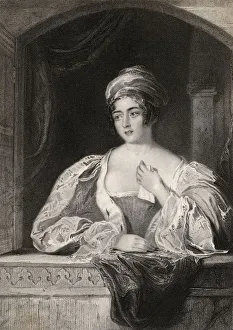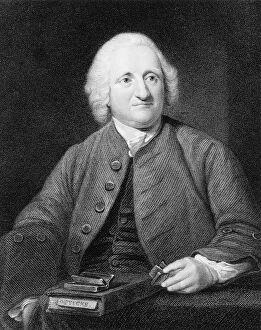Posselwhite Collection
James Posselwhite was a talented artist in the 19th century, known for his exquisite stipple engravings
All Professionally Made to Order for Quick Shipping
James Posselwhite was a talented artist in the 19th century, known for his exquisite stipple engravings. His works captured the essence of various influential figures throughout history, leaving a lasting impression on art enthusiasts. One such masterpiece showcases Sir Edward Coke, an eminent English jurist from the 16th and 17th centuries. Posselwhite's engraving beautifully portrays Coke's distinguished features, highlighting his contribution to legal scholarship. In another captivating piece, Posselwhite immortalizes John Hampden Esquire, a prominent figure in the 19th century. The artist skillfully captures Hampden's charisma and intellect through intricate details that bring this historical character to life. Posselwhite's talent extends beyond individuals; he also pays homage to significant inventions and achievements. Richard Arkwright, an innovative British industrialist and inventor of the 18th century, is elegantly depicted in one of Posselwhite's engravings. This artwork serves as a testament to Arkwright's groundbreaking contributions that revolutionized industry. The artist also honors intellectuals like Sir William Jones and Joseph Black through his meticulous craftsmanship. Jones' expertise as an English philologist is evident in every stroke of Posselwhite's engraving while Black’s brilliance as a Scottish physicist and chemist shines through with remarkable precision. Posselwhite even delves into philanthropy by capturing Abbe Charles-Michel de l'Epee in one of his masterpieces. This French educator dedicated himself to teaching deaf individuals during the Enlightenment era—a noble cause that resonates even today thanks to artists like Posselwhite who preserve these stories visually. Italian Renaissance architect Donato Bramante is yet another subject brought back to life by Posselwhite’s skilled handiwork. Bramante’s architectural genius continues to inspire awe centuries later due not only to his designs but also because artists like Posselwhite ensure their legacies endure.


